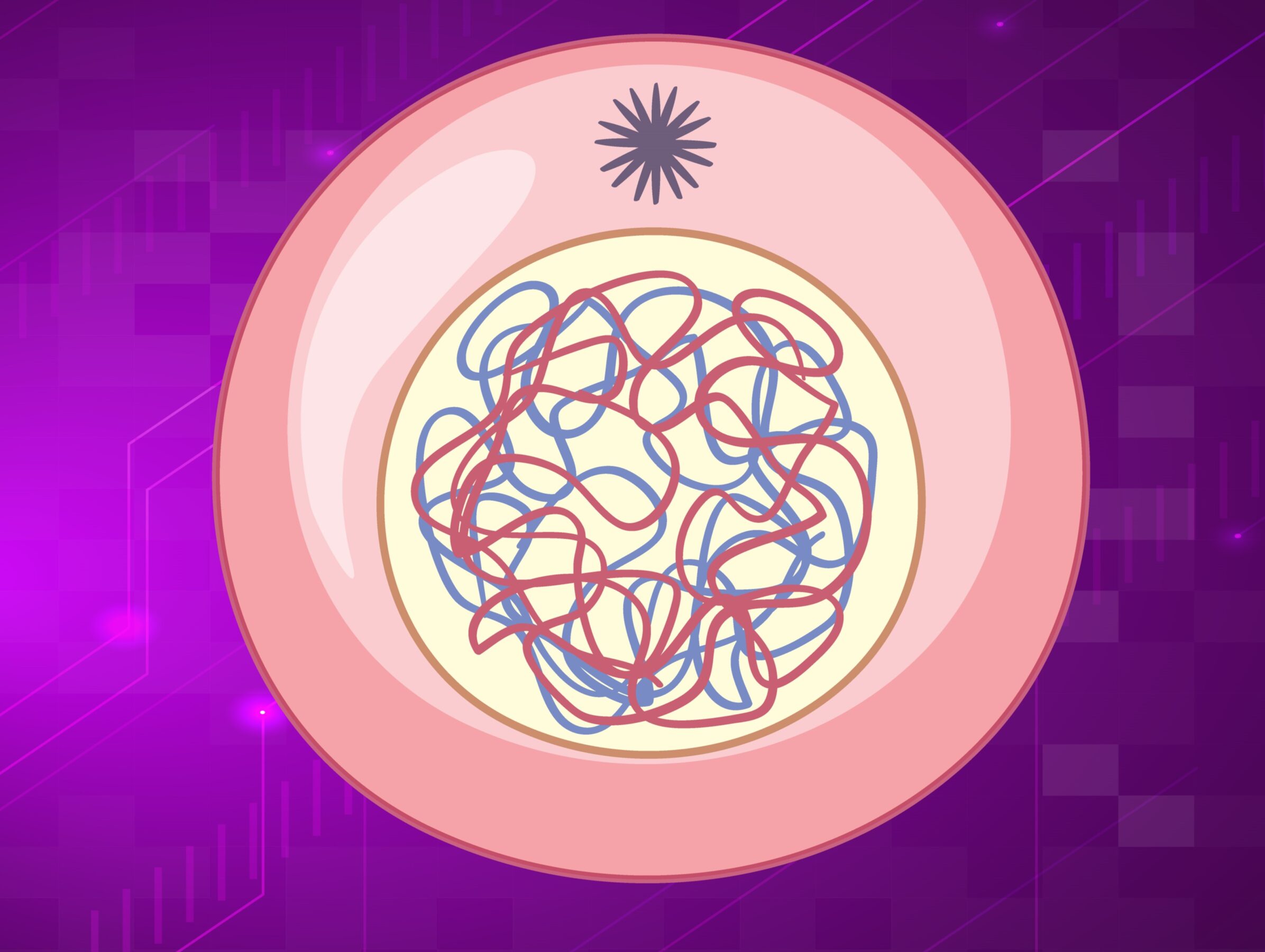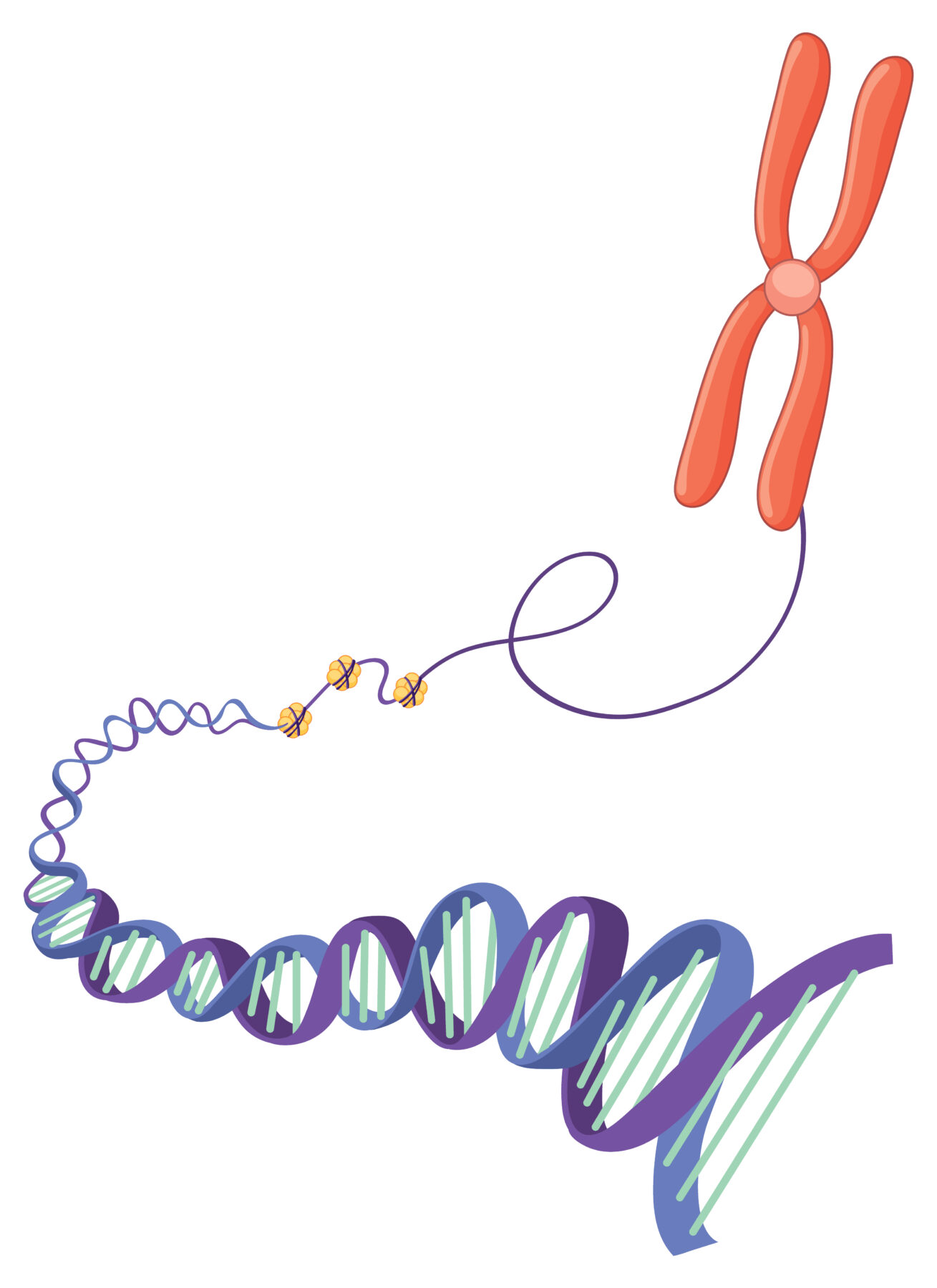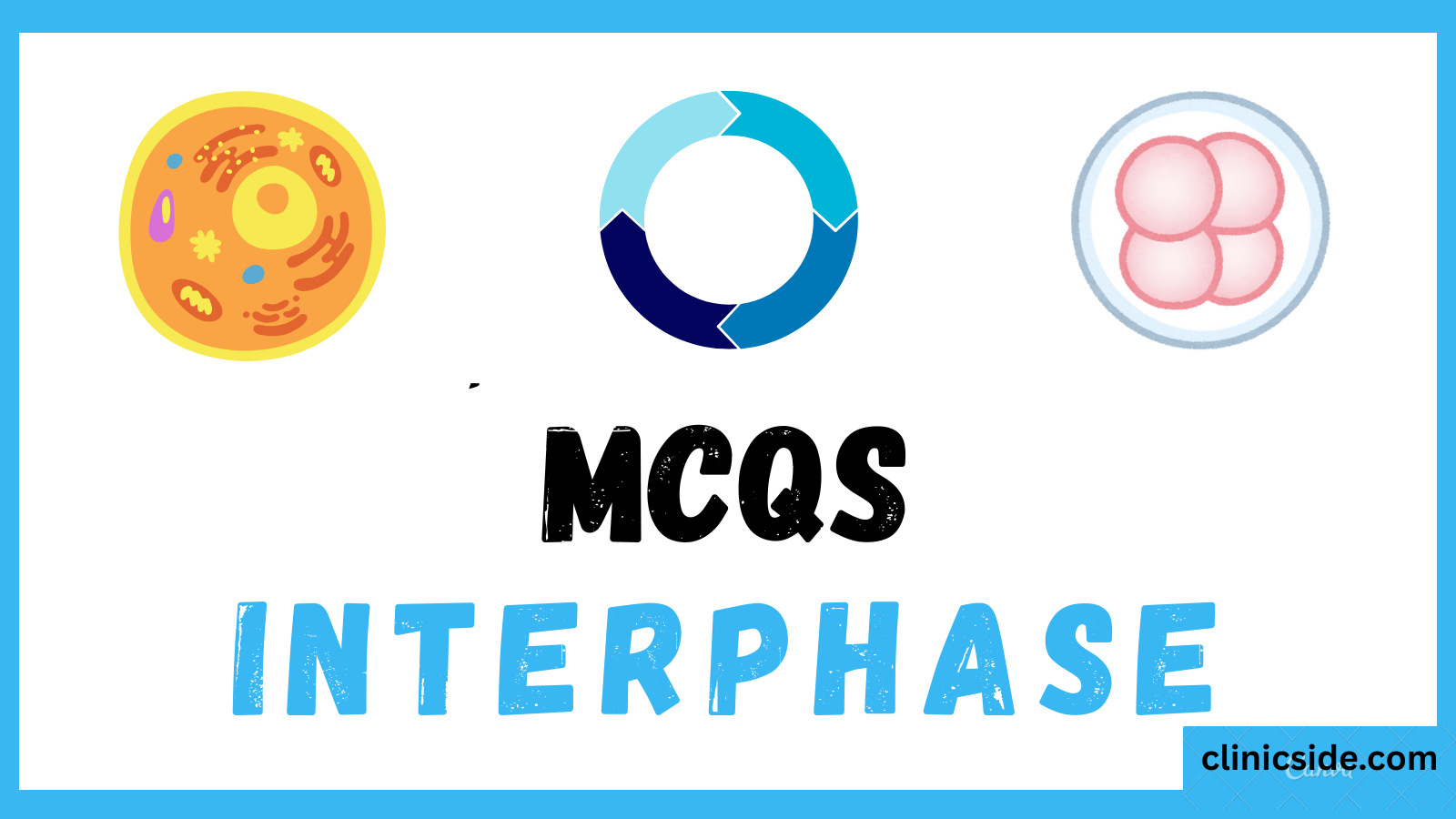The interphase cell cycle is a fundamental and highly active phase in a cell’s life. It is during interphase that the cell grows, replicates its DNA, and prepares for division. Though mitosis is often highlighted for its dramatic changes, the interphase cell cycle is where essential groundwork takes place.
Quiz
Available options: 1 to 20
What Is the Interphase Cell Cycle?
The interphase cell cycle refers to the longest phase of the cell cycle, occurring between cell divisions. It is divided into four phases: G0 (Gap Zero), G1 (Gap 1), S (Synthesis), and G2 (Gap 2). Each phase plays a critical role in ensuring the cell is ready for mitosis.

Phases of Interphase
1. G1 Phase (Gap 1)
In the G1 phase, the cell grows and performs normal metabolic activities. It synthesizes proteins, produces RNA, and prepares the cellular machinery needed for DNA replication. This is the first checkpoint of the interphase cell cycle, ensuring the cell is healthy and has enough resources to proceed.
2. S Phase (Synthesis)
The S phase is the point at which the cell duplicates its DNA. Each chromosome forms an identical copy, resulting in sister chromatids. This step is critical for passing genetic material accurately to daughter cells. DNA replication must be precise to maintain genetic integrity within the interphase cell cycle.

3. G2 Phase (Gap 2)
In G2, the cell continues to grow and produce the proteins and organelles necessary for mitosis. It also checks for any DNA errors that may have occurred during replication. The cell must pass the G2 checkpoint before proceeding to the mitotic phase, making this a crucial part of the interphase cell cycle.
4. G0 Phase (Gap Zero)
The G0 phase is a resting or quiescent stage outside the standard interphase cell cycle. Cells in this phase are not actively preparing to divide. Some cells enter G0 temporarily, while others (like neurons or muscle cells) may stay in this phase permanently. The G0 phase is important in maintaining tissue stability and controlling cell proliferation.
Importance of Interphase and Its Checkpoints
The interphase cell cycle contains vital checkpoints—especially during G1 and G2—that verify DNA integrity and cellular readiness. If errors are found, the cell can pause for repairs or, in some cases, undergo apoptosis. These safeguards prevent damaged cells from dividing and contribute to organismal health.
Interphase vs. Mitosis
Mitosis often receives more attention in textbooks, but the interphase cell cycle lasts much longer and includes more intricate preparation. Interphase ensures the cell is fully equipped for successful and accurate division. Without proper interphase activity, mitosis would result in error-prone or incomplete cell division.
G0 Phase in Disease and Aging
The G0 phase plays a key role in long-term cell behavior. Some cells remain in G0 to avoid unnecessary divisions, helping preserve tissue structure. However, in cancer, cells can escape the G0 phase and re-enter the interphase cell cycle uncontrollably. On the other hand, aging or damaged cells may become “stuck” in G0, contributing to tissue degeneration.
Real-World Relevance of the Interphase Cell Cycle
Studying the interphase cell cycle helps scientists understand how tissues grow, how cancer develops, and how regenerative medicine might restore damaged cells. Many cancer therapies specifically target DNA replication and repair mechanisms active during interphase.
Final Thoughts
The interphase cell cycle is a complex and tightly regulated process essential for healthy cell division. Including the G0 phase adds a deeper understanding of how cells rest, differentiate, or respond to signals. From growth and replication to checkpoints and repair, interphase sets the foundation for life at the cellular level.






Hey there You have done a fantastic job I will certainly digg it and personally recommend to my friends Im confident theyll be benefited from this site